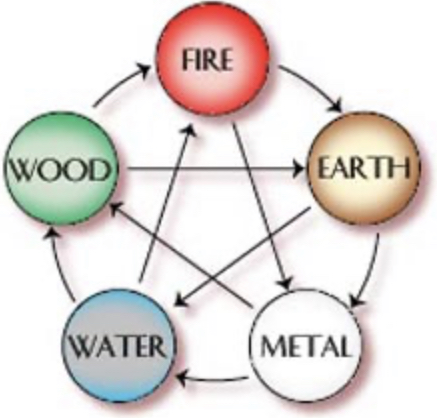Feng Shui is not a decor style or belief system. Practiced in Asia for construction of houses and offices, feng shui has to be seen as a larger body of knowledge. It deals with all living things and addresses how human beings relate to the greater realms of space, creation, natural elements, and generally the cosmos.
I practice traditional Chinese Form School and Compass School Feng Shui. In this blog, I will address the energetic system of compass school feng shui. Less based on myth or superstition, compass school feng shui is solidly proven as an effective home balancing strategy. It is similar to acupuncture for buildings.
I can help you locate and energize your home’s meridian points (also called life aspiration areas) such as health, wealth, career etc. Based on actual compass directions, the bagua of your home is accurately mapped. The bagua (or pa kua) is the feng shui energy map that relates every compass direction to one of the eight life aspiration areas. Mapping your home in such a way reveals how your environment is connected to various areas of your life such as health, wealth, family, career etc. Once we know where your specific life aspiration areas are, we can decorate (or energize) that area with the corresponding element (see the 5 elements below). The principles of this technique are interrelated and represent the balance of Yin and Yang.
Feng Shui Knowledge:
- Ch’i – (or Qi -pronounced chee) is the vital and spiritual life force energy in all living organisms and the environment. For millennia, this energy has been called ch’i by the Chinese, ki by the Japanese, prana in ancient India and mana in the culture of the Polynesians.
- Yin & Yang – Two primal opposing but complementary forces found in all things in the universe. The yin-yang concept represents balance and harmony and suggests that everything in nature is composed of opposite but complementary elements. These opposing forces interconnect to create chi or the binding energy force in the cosmos. Too much of either one can be destructive, and finding their balance is essential for happiness and health.
- The 5 Elements: According to the Wuxing (a Chinese Philosophy) the five elements wood, fire, earth, metal, and water or “the five types of chi dominating at different times” is a five-fold conceptual scheme that many traditional Chinese fields use to explain a wide array of phenomena including feng shui. The five elements have an interactive relationship and can either have a mutually strengthening or a mutually weakening effect. For example, wood is positively enhanced (nourished) by water whereas water counteracts (extinguishes) fire. These two parallel processes of generation and overcoming can be seen as two cycles, a cycle of strengthening, and a cycle of weakening.



Feng Shui Principals #1
ENERGIZE YOUR WEALTH Meridian
The life aspiration area that corresponds to the concept of wealth and prosperity is located in the southeast of a house (or room). By determining the exact south-eastern location, one can energize the area with its main element which is wood (a healthy plant works best). As metal is the diminishing element for wood, metal should be avoided in the southeast point of the building. To properly determine a meridian point, find the center point of your space and with the help of a compass, determine the exact southeast point as it falls on the wall that makes up the four walls inside your house. This is best accomplished using a floor plan of your space.


Feng Shui Principle #2
ENERGIZE YOUR LOVE AND RELATIONSHIP MERIDIAN
The meridian point that corresponds to the concept of love and relationships is located in the southwest of a house (or room). By determining the exact southwestern location, one can energize the area with its main element earth (for example in the form of a rock or crystal). Since wood is the diminishing element for earth, wood (especially living plants) should be avoided in the southwest point of the building.

Feng Shui Principles #3
ENERGIZE YOUR FAMILY MERIDIAN
The meridian point that corresponds to the concept of family is located in the East of a house (or room). By determining the exact eastern location, one can energize the area with its main element which is also wood. Again, the most vibrant form of wood is a healthy plant but anything made from wood works. Because metal is the diminishing element for wood, metal should be avoided in the east point of the building.
In Conclusion
I am well aware that feng shui can be a confusing concept, but feng shui is all around us and we intuitively exercise it as human beings. In my feng shui practice, I seek to educate and assist my clients in using the ancient teachings of feng shui to enhance their home or work environment. Small subtle changes or awareness can make a tremendous difference in the way a space feels. If a space feels pleasing and safe, it’s pretty certain good feng shui and flow of chi is at play.
Allow me to be your feng shui guide and to assist you in reaping the benefits of a healthy home. With restful sleep, a fulfilling family time, and energizing personal time you can go forth in to the world and achieve what you desire!
Is your home craving a refresher? Are you interested in getting started with Feng Shui and Interior Design? I’m offering FREE initial consultations to all new clients. I look forward to hearing from you!

